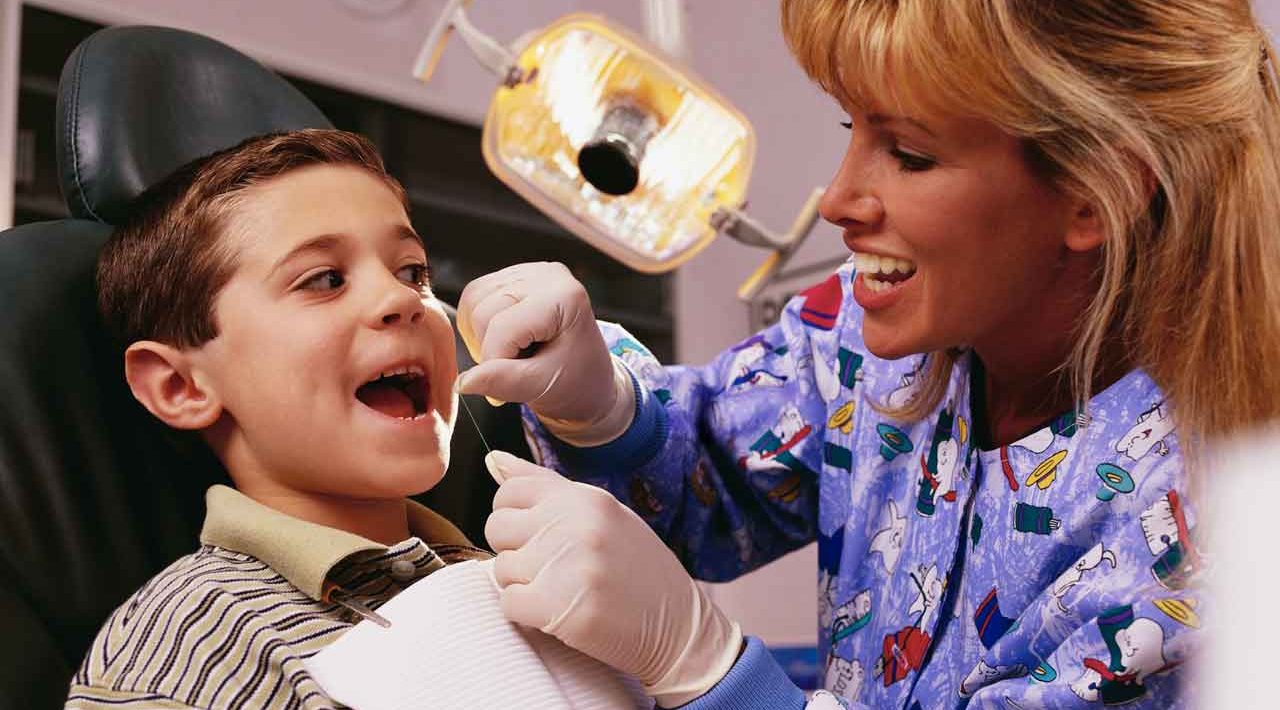Should You Get Dental Sealants for Your Kids?

Putting plastic in your child’s mouth may sound like a bad idea, but it works to seal out tooth decay.
Your children’s dentist may have brought up dental sealants when the kids were small, between the ages of five and seven. The idea is to put a plastic coating on teeth, usually molars. Dental sealants fill in any grooves or holes and help prevent bacteria from lodging inside the teeth and making cavities. Twelve-year molars usually arrive between the ages of 11 and 14. They are also good candidates for a dental sealant.
Plastic inside the mouth? The most common dental sealants contain bisphenol A (BPA), an industrial chemical that concerns many parents. The U.S. Food and Drug Administration (FDA) bans BPA in baby bottles, sippy ups, and packaging for infant formula. BPA has been linked to dangers such as earlier puberty, infertility, breast and prostate cancers, and polycystic ovary syndrome. Americans are exposed to BPA in our food through plastic packaging, kitchenware, and the inner coatings of cans and jar caps. BPA also is used in toys and lots of plastic items.
YOU MIGHT ALSO LIKE: Toxic Chemicals in Childhood
It’s true that BPA shows up in the saliva just after the sealant treatment, for up to three hours. However, no BPA has been detected a day after the dental treatment or in the blood. The American Dental Association encourages sealants, saying that “there is no health concern,” and the FDA has not ruled out BPA in sealants.
It’s impossible to live a BPA-free life. As a parent, you’ll need to weigh not only the risks of BPA but also the risk of skipping the sealant: more cavities.
The evidence is that sealants work. In a 2013 survey, the well-regarded Cochrane group looked at 12 studies that compared the teeth of children who had sealants and those who did not. The results involved more than 2,500 volunteers, adding up the studies. It turned out that dental sealants reduced cavities for at least four years. In one randomized trial, a group of children developed cavities in 77 percent of their teeth without the coating by their mid-to-late teens. Only 27 percent of the coated teeth had cavities. Another randomized trial had roughly similar results, concluding that sealants cut cavity rates by more than half.
Overall, the Cochrane group found even better results. Putting all the studies together, the researchers estimated that only 6 percent of children with cavity-free mouths who got sealants were likely to develop their first cavity in the next two years. Without the sealant, 40 percent of them would get a cavity in that time.
Many states have launched programs to apply the plastic coatings to kids’ teeth in the schools, since less than a third of six-, seven- and eight-year-olds now have them, according to the Centers for Disease Control and Prevention. Applying the coating costs about $30 to $40 per tooth, and could save money, since it costs about $100 to fix a cavity.
Although the most common type of sealant is based on resin, another type using glass is also available, and also contains fluoride. Both types seem to be equally effective at preventing cavities, but the resin-based plastic may last longer. If the BPA issue bothers you, discuss safety with your dentist and the glass option.
Sealants aren’t a substitute for good habits. Teach kids to brush at least twice a day with a fluoride toothpaste and floss every night. Not every town has fluoride in the water — or you may use purified or well water at home. Consider asking your dentist for fluoride supplements, since fluoride toothpaste alone isn’t enough protection. If your children eat sticky sweet foods like gummies, or fruit leather, or drink soda or juice, teach them to rinse their mouth with water or brush their teeth to wash away the sugar. Also have them rinse or brush after taking a sweetened liquid medicine.
Updated:
April 08, 2020
Reviewed By:
Janet O’Dell, RN